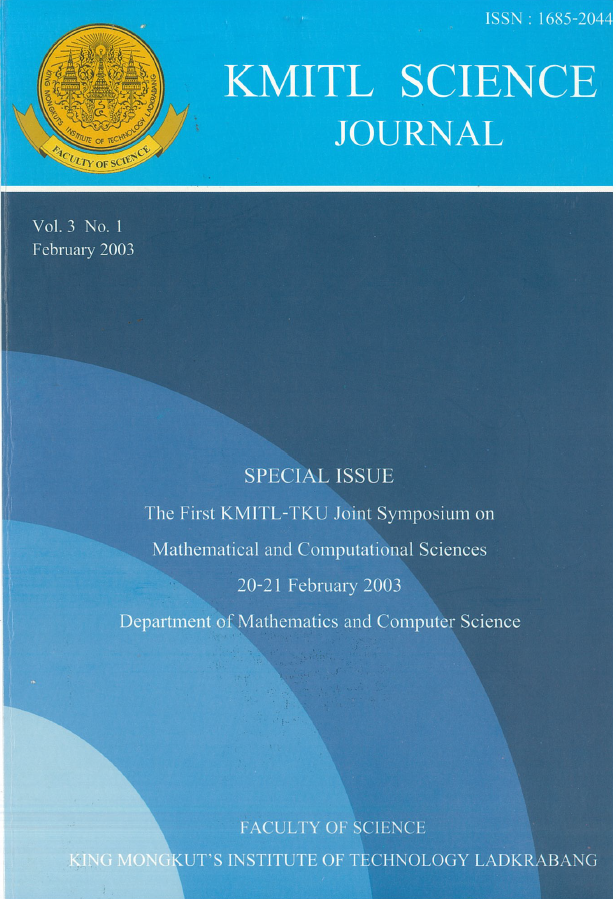It is difficult to rank the objects which we can’t physically observe by our sense. Of course, to rank all of the incentives we receive is almost impossible, but to rank them partially is possible by the paired comparison, a typical method of partial ranking, which is interesting practically as well as theoretically.
This paper shows that the paired comparison can be applied to Böckenholt’s partial ranking data, that it is to say, it shows that is possible to use Thurstone’s Law of Comparative Judement for analysis, though there are several techniques in the paired comparison.
We want to rank all of the incentives by psychological measurements which are done by making the numerical value of human incentives. The Thurstone’s Law of Comparative Judement, however, needs a lot of parameters, so it is difdicult to make the psychological measurements. We revised the judement by making the number of parameters fewer. Accordingly, in the case of the fewer parameters we were able to make the measurement value of caseIII and case V of the Thurstone’s Law of Comparative Judement and to show the presumption and the measurement of the parameters by the revised measurement value before analyzing the practical data.
As a result, we were able to show that the paired comparison can be applied to the ranking of the incentive objects.
Keywords: sensory test, paired comparison, estimation and test.
E-mail: cast@kmitl.ac.th
Ujiie, K. . (2018). A Revision of the Sensory Evaluation by Paired Comparison. CURRENT APPLIED SCIENCE AND TECHNOLOGY, 1-16.

https://cast.kmitl.ac.th/articles/144322